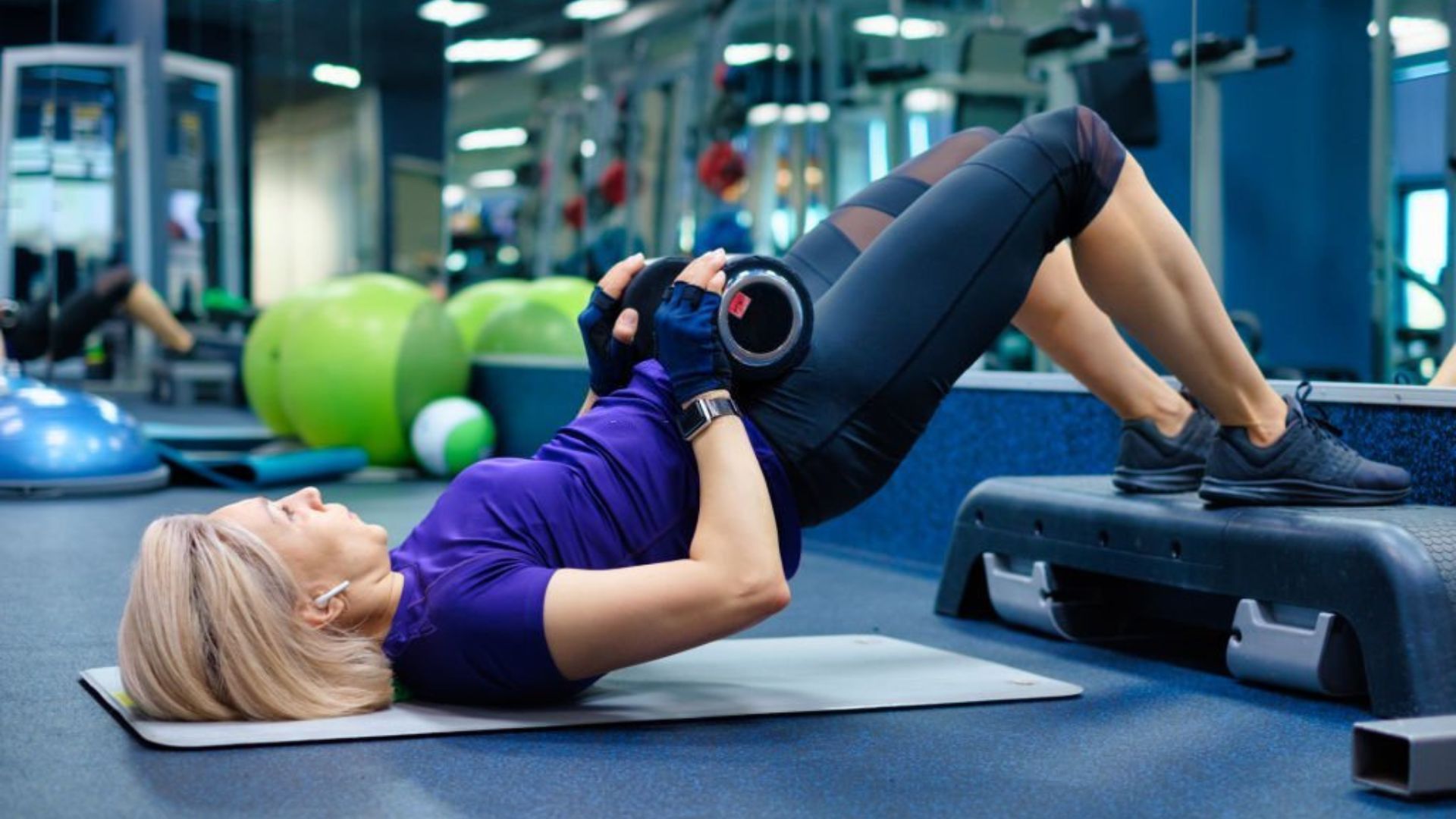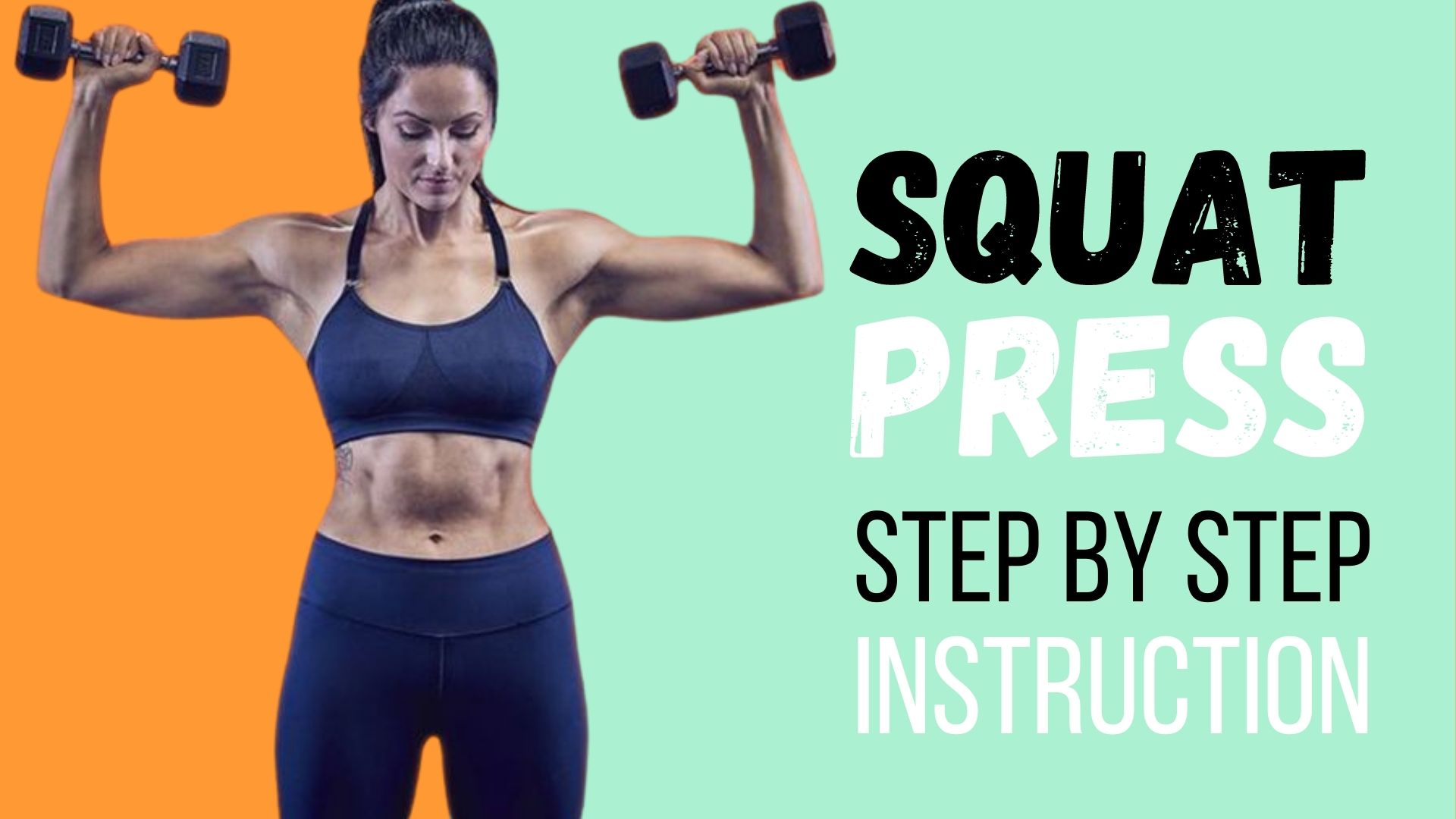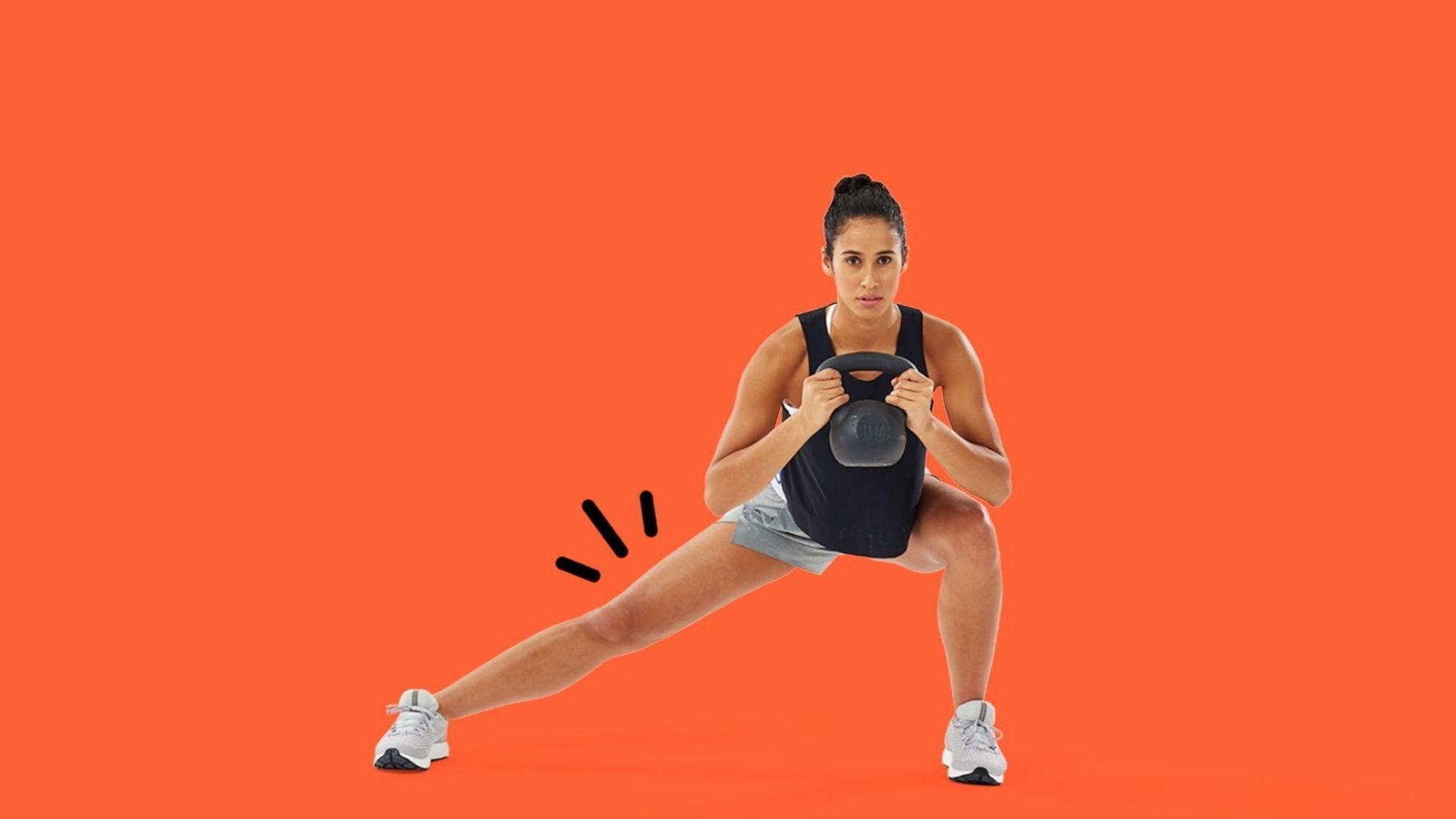
Cossack Squat: The Ultimate Leg Exercise
The basic squat is a popular exercise for bodyweight training.
However, as you expand your exercise options, you will discover other variations that can be beneficial and add variety to your routine.
The Cossack Squat is a variation on the basic squat that can improve your flexibility, strength, and mobility.
It requires some serious control.
Learn more…
What Is Cossack Squats?
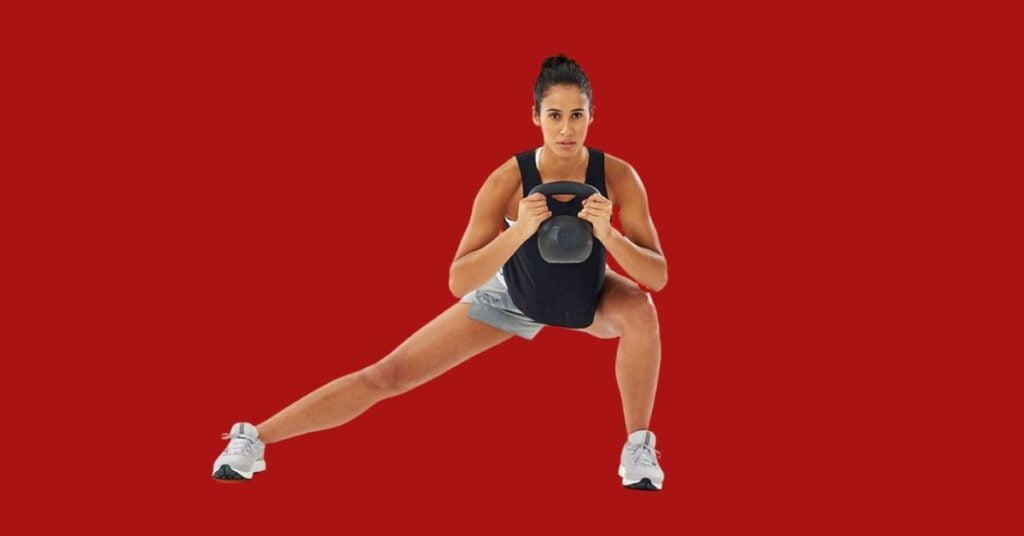
The Cossack Squat refers to a squat where you place the majority of your body weight on one leg and the rest on the other.
The Cossack Squat can help you increase flexibility and mobility and build strength and endurance.
What’s The Point?
Cossack squats offer many benefits.
The first is the plane of its movement.
You’re in the frontal plane when you do a cossack sit.
This is a fancy way to say side to side.
Most leg exercises, such as deadlifts, squats, and lunges, are done in the sagittal plane or from front to back.
Cossack squats and other lateral movements are often a good addition to your exercise routine because they offer a different perspective on how you can work your joints and muscles.
Cossack squats offer mobility and stability that are particularly beneficial.
This exercise is great for strengthening your core, but it will also improve your range of motion in your hips and knees.).
How To Do The Cossack Squat
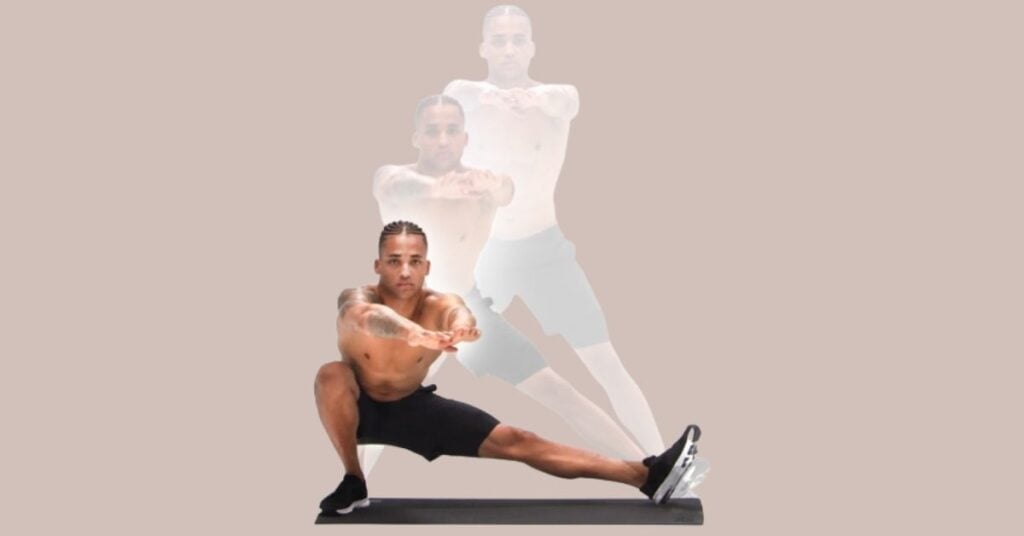
The Cossack Squat looks very similar to a regular squat.
However, you shift more weight on one leg to do the squat.
These are the steps to correctly perform the Cossack Squat
Standing straight up, your feet should be wider than your shoulders.
Your toes should point forward or slightly outwards.
Place your weight on one foot and squat until your hip is under the knee.
The bent leg should be left, and the straight one should be right.
The chest should be straight at all times, and the hips should be down.
With the help of your bent leg, push your body back into the original position.
You should move slowly and carefully.
Three sets of 10-20 reps (five to ten on each leg) would make a good Cossack Squat workout for beginners.
Muscles Developed By The Cossack Squat

The Cossack squat targets the hip and knee extensors of the leg that performs deep squats.
It eccentrically loads the adductors and hamstrings on the straight leg.
The Cossack squat is known for its main muscle groups.
Adductors
Adductors can be trained eccentrically by doing the Cossack Squat’s lowering phase.
Cossack squats increase the adductors’ adductors’ eccentric strength, muscle length, flexibility, and strength.
These adductors are vital and often neglected.
You should include the Cossack Squat in any program due to its training effect.
Hamstrings
Similar to the adductors, the hamstrings can be trained by rotating the foot of the straight leg.
They are being lengthened during the downward phase.
Rotating the foot from the straight leg emphasizes the stretch away from the adductor and towards the hamstring.
The stretch in your hamstrings will increase the higher you turn your foot.
Quadriceps
When you squat in the Cossack, your knees bend in the deep knee bend.
This places the quadriceps fully flexed.
To return to the starting position, your quads will need to work to pull you from the deep squat.
Glutes
The glutes extend the hip from the fully flexed position at the deep squat’s base.
What Can You Do To Incorporate This Into Your Daily Life?
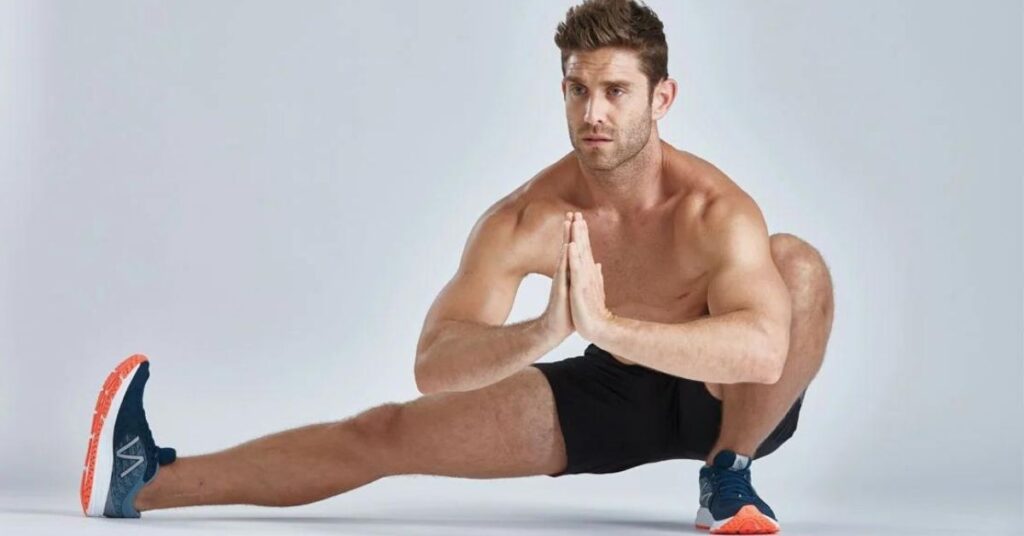
This exercise can be incorporated into a warmup, particularly before a leg workout.
This could be used as an additional movement to your leg day.
You can do this by working in between the weighted squats and lunges.
The Cossack Squat
It is a mistake to think of the Cossack Squat as a flexibility or bodyweight exercise.
A strong Cossack Squat improves neuromuscular control, mobility, and coordination in the frontal plane.
It can increase your squat and deadlift strength by decreasing asymmetry and increasing eccentric power in the lower body.
Improves Range Of Motion
The Cossack squat improves hip mobility and ankle mobility.
Flexibility through the adductors and hamstrings is also developed by the Cossack.
A limited range of motion can hinder squat strength and leave you vulnerable to injuries like hamstring or groin pulls.
Cossack squats are a great way to increase the range of motion through your lower body and unlock performance benefits.
Creates Strong Joints And Soft Tissues
A full-depth Cossack Squat is a great way to strengthen your joints and soft tissue.
The Cossack squat is characterized by a bent leg reaching full depth at the ankle, knee, and hip.
While the straight leg experiences significant stretch in both the hamstrings, adductors, and hamstrings.
This allows you to move in and out of these positions with ease and control.
It also helps reduce the risk of soft tissue injuries like a pull or groin.
Improves Frontal Plane Movement Ability
Three planes describe the human movement: the sagittal and frontal planes and the transverse planes.
The sagittal plane is the most common for strength training.
Neglecting to move in the frontal plane can lead to injury and make it difficult to reach your full potential.
Both athletes and the general public should build strength and mobility within the frontal plane.
Better Squats
Cossack squats are a great way to reach depth in your squats.
Deep flexion of the hips, knees, and ankles in the Cossack squat’s bottom position is greater than required for a full range.
Single-leg exercises can also be used to correct or decrease asymmetries between right and left sides.
This can help reduce wear, increase range and strength output, and reduce wear.
How To Avoid Making Mistakes
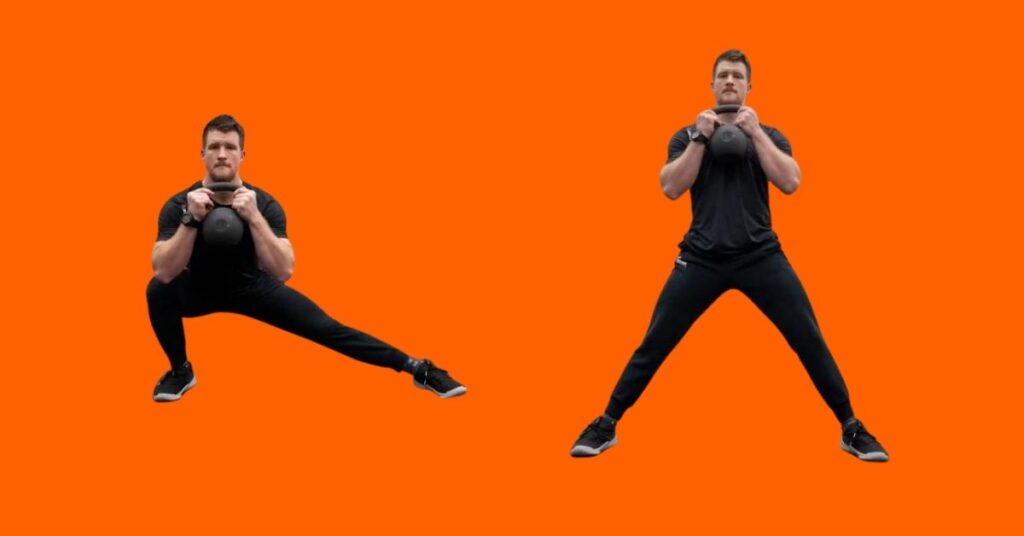
These are the four most common mistakes people make, and you need to avoid them.
1. Don’t Look Too Far Ahead
During the Cossack Squat, keep your chest up.
You should feel as if your glutes are being supported during the exercise.
During the whole exercise, keep your weight down.
2. Not Enough Time
It is not an attempt to see how fast you can do the Cossack Squat.
You could injure yourself if you perform too fast.
You will reap the benefits of this exercise if you take it slow.
3. Back Arched
This is the same mistake like number 1.
You are likely to be leaning forward if you are not rounding your back.
You will put extra strain on your spine if you don’t keep your torso straight while doing the Cossack Squat.
4. The Floor Is Awash With Heels
Your bent leg’s foot should be on the ground during the movement.
Your flexibility problem may be the reason your heel is sticking out of the ground.
If this happens, lower your body to the ground as low as possible without raising your heel off the floor.
Then do ankle mobility exercises.
Who Should Do The Cossack Squat
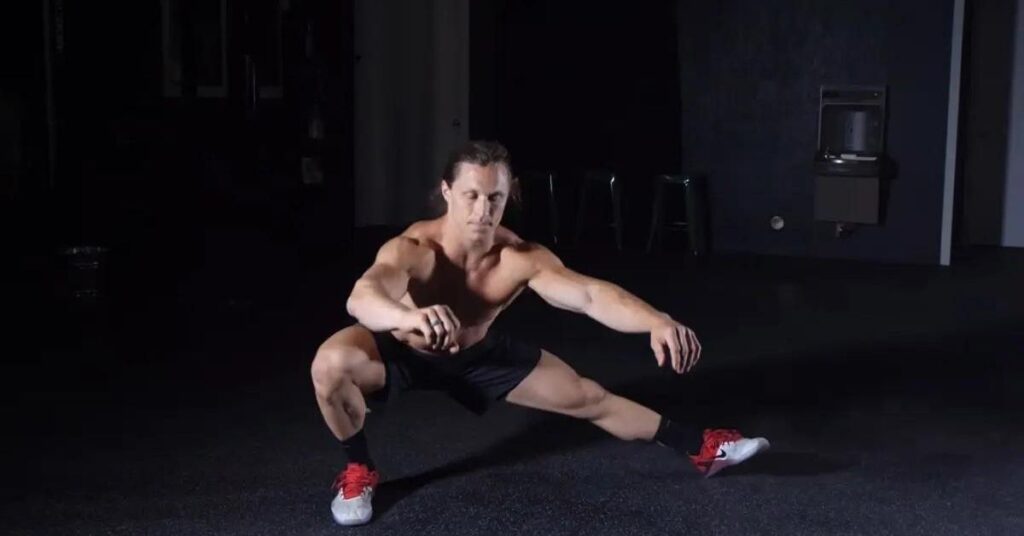
The Cossack Squat is a powerful movement that can be used by different types of athletes to improve mobility and injury resistance.
These are the benefits that the Cossack Squat offers to specific athletes.
Strength Athletes
Strength athletes will benefit from the Cossack squat, which increases their range of motion and strengthens their adductors.
Combining these benefits can increase strength output in primary barbell lifts.
Higher squats are associated with stronger adductors.
Single-leg strength may reduce the likelihood of injury.
It will also allow you to train harder and for longer periods, which is the key to elite strength.
Sport Athletes
All sports, including football, basketball, soccer, hockey, and other games, require explosive movement and change of direction through the frontal plane.
Heiden jumps, and other lateral drills help develop power in this plane.
However, one also wants to focus on neuromuscular control and eccentric strength.
Both of these are taught in the Cossack Squat.
The Cossack squat may be combined with exercises such as the Copenhagen plank to prevent groin pulls in athletes who participate in certain sports.
General Population
Three planes are involved in human movement, and all people need to move in each of them.
Training longevity is also improved by preventing injury through better mobility.
Everybody can benefit from the inclusion of the Cossack Squat into their training program.
Which Variations Are Possible?
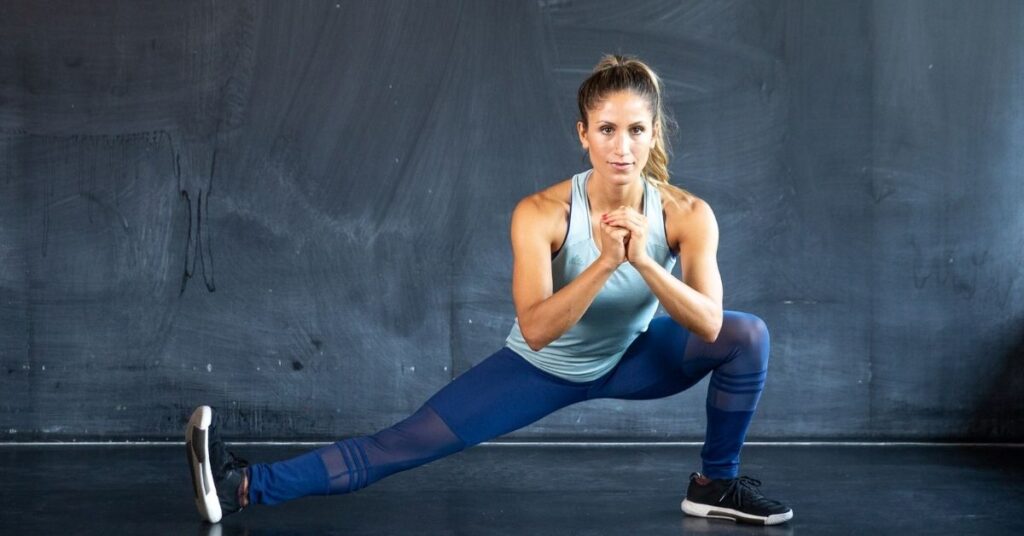
These variations can be done on a cossack stool if you require assistance or are looking for more challenges.
Trx Cossack Squat
Start with a TRX-assisted version if you cannot complete a cossack sit with your current strength and mobility.
After adjusting the TRX straps to medium-length, grab the handles and extend your arms.
Then, complete the cossack squat movement.
The TRX straps can help you reach your full depth.
Front-Loaded Cossack Squat
If you have trouble keeping your torso straight, try adding a few kettlebells to your counterbalance.
Keep them in your hands, with both of your fingers facing forward.
It should be easier for you to keep your head vertical.
One-Arm Overhead Cossack Squat
There are several options for an overhead cossack stool squat.
A one-arm variation is the easiest of both the dumbbell and kettlebell variations.
Reach your elbow overhead and perform the cossack squat movement.
Complete your reps on one side.
Next, switch to the opposite hand and do the same thing on the other.
Cossack Squat Alternatives

You might also like the Cossack squat.
These other exercises can be used to enhance your lower-body training.
#1 Bulgarian Split Squat
You can stretch your hip flexors by doing the Bulgarian split squat.
This exercise targets your quads, glutes, and hamstrings.
Engage your core while keeping one foot above the ground and squatting down.
During this exercise, be sure to keep your back straight!
#2 Side Lunge (Weight Optional)
Side lunges also engage your glutes and quads.
Stand straight up with your feet slightly wider than your shoulders.
Keep your left leg straight and bend your right knee.
Then, shift your weight to the right.
Next, return to the original position and move on to the left.
Switch legs often!
#3 Leg Pulse
Leg pulse is a great exercise for bodyweight.
Brace your abs by placing your hands shoulder-width apart on all fours.
As you move one leg up and the other down, activate your glutes.
Repeat!
#4 The Pistol Squat
This advanced exercise will engage your leg muscles and impress everyone around you.
You can train each leg separately with this unilateral leg movement.
This requires balance and strength.
It is a great exercise to improve these areas.
Is Cossack Squats Equivalent To Lateral Lunges Or Cossack Squats?

They do indeed look very similar.
Taylor says that although they target the same muscle groups, they work them differently.
It all comes down to form differences.
You should maintain a wide stance during the Cossack squat.
You step your extended foot back between each repetition of a side or lateral lunge.
In a Cossack sit, your torso will be more upright.
You will lean slightly forward in a lateral lunge.
The range of motion is another major difference between the two.
In the Cossack squat, Taylor says that you want to get as low as possible, depending on your mobility and flexibility.
You can drive up to standing by making a lateral lunge once your thigh meets the ground.
Last Words
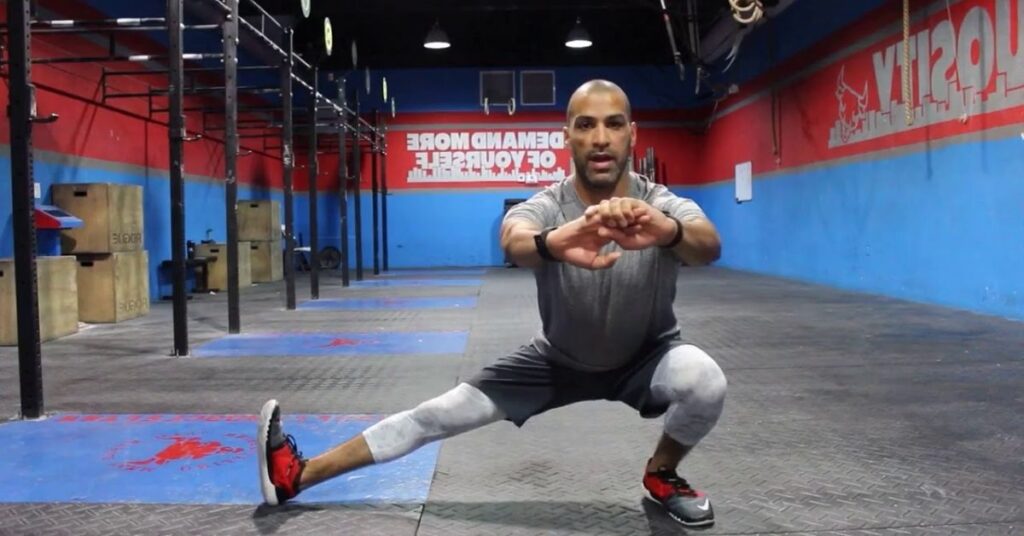
The cossack squat is a unique test of your strength and mobility.
Your body will benefit from a new range in motion by incorporating them into your leg day, either as a warmup or accessory to weighted legs movements.







